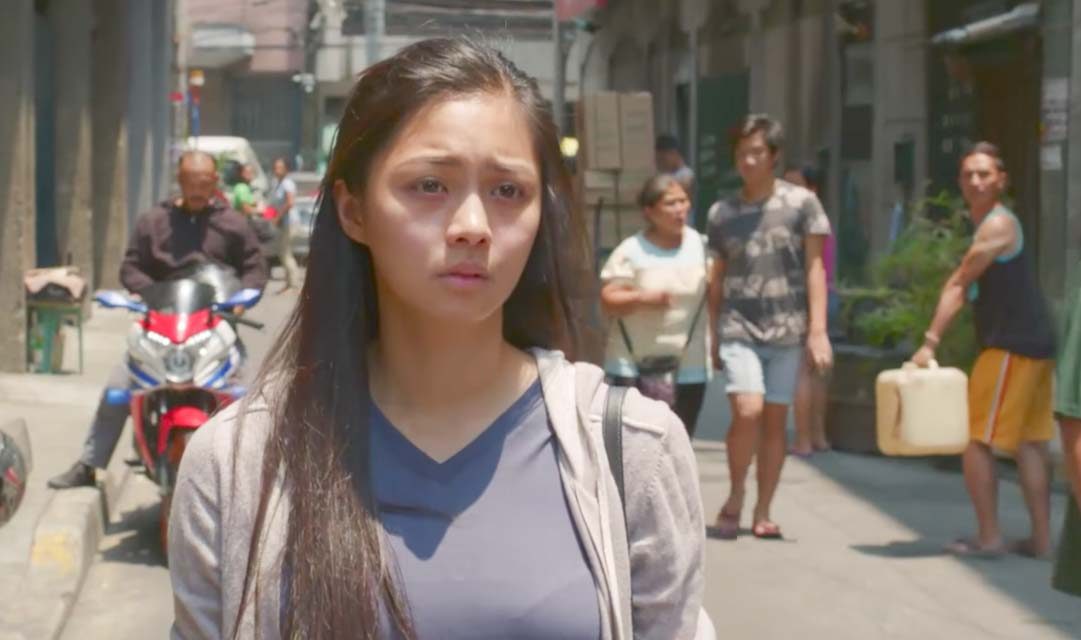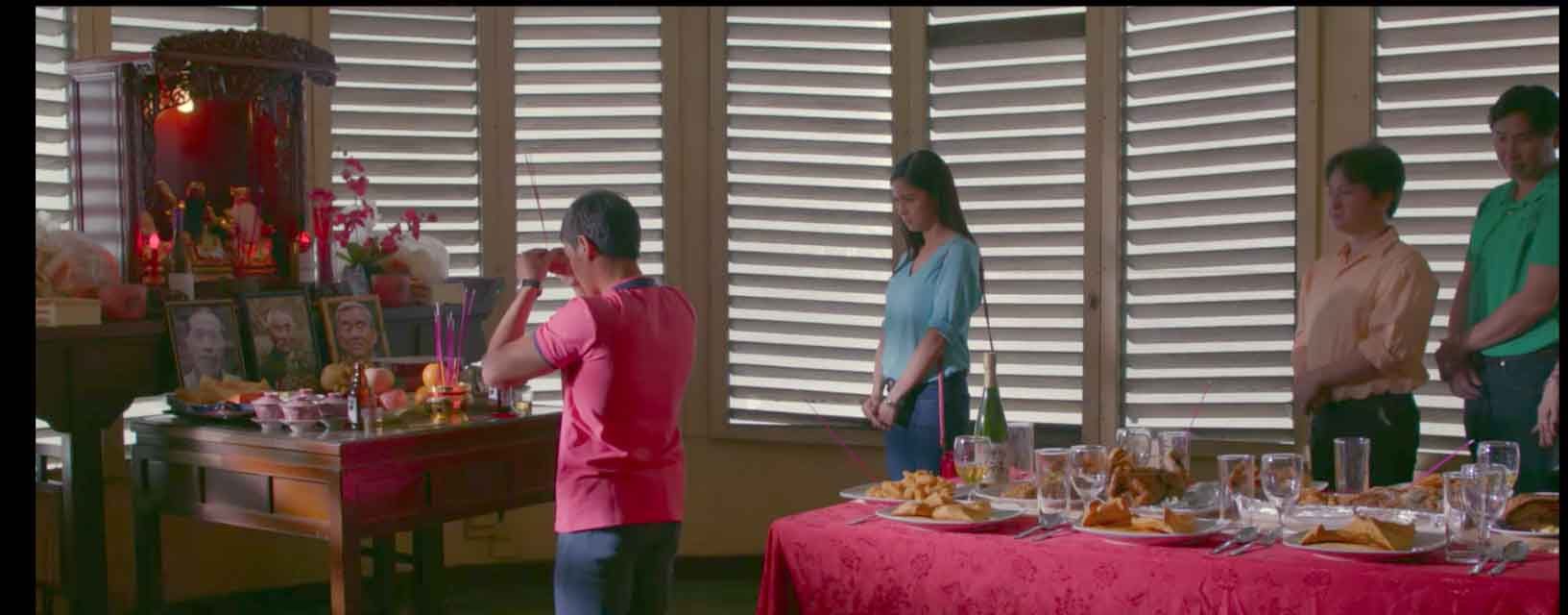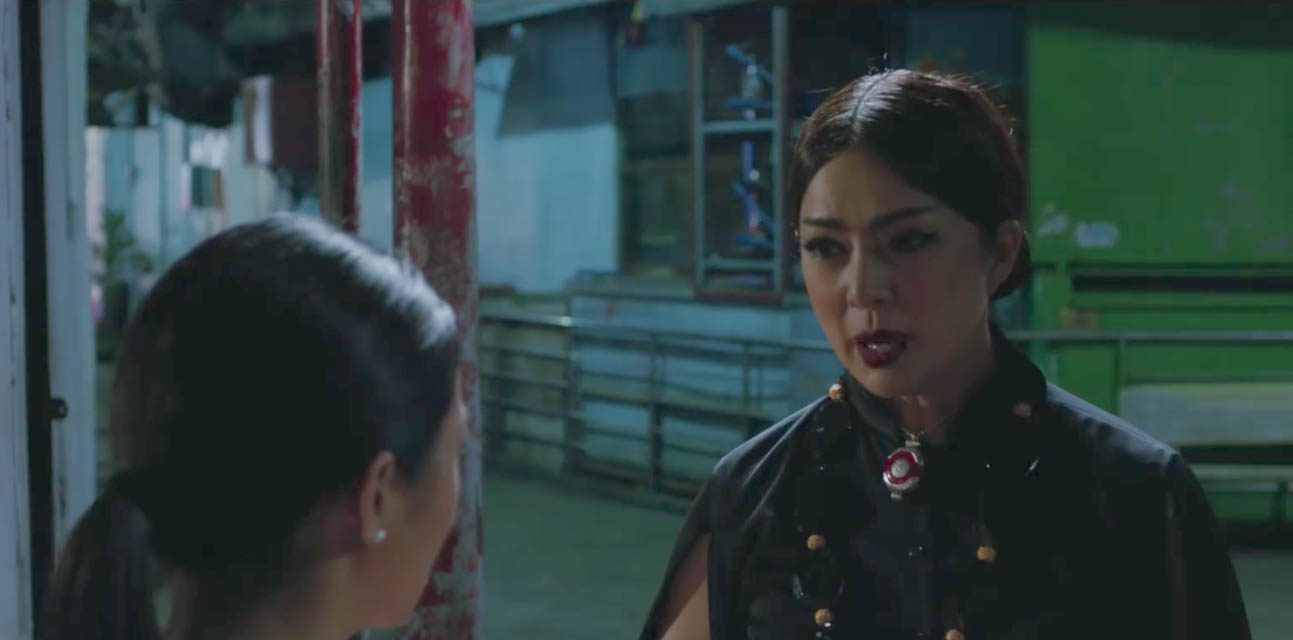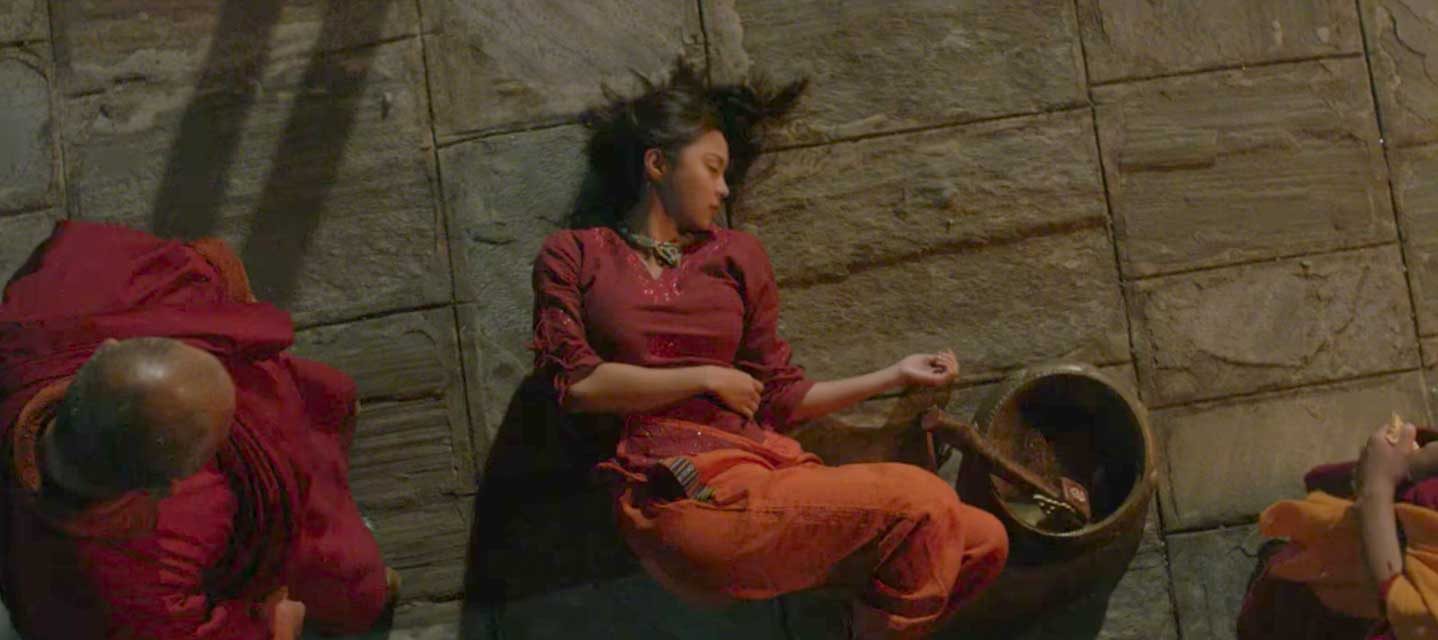SUMMARY
This is AI generated summarization, which may have errors. For context, always refer to the full article.

There’s an entire horde of wrongs from the get-go of Chito Roño’s The Ghost Bride that would haunt it until its sequel-begging end.
Full aplomb
The film opens in full aplomb, with an attractive woman preparing to sleep with an older man who is presumably her husband.
From the musical score to the production design to the curious relations between the woman and the man she will be sharing her bed with, the fundamentally questionable opening sequence screams exotica. The effort to mine an entire culture for both discomfort and cheap scares is unsettlingly blatant. It is also very noisy and unnecessarily busy, resulting in an attempt at fright that falls flat on its face because it only succeeds to distract and confuse.

Essentially, all the missteps that Roño committed in the film’s prologue are replicated as soon as the film formally introduces its main plot.
Mayen (Kim Chiu, who reprises her tired role of the wretched lover and daughter) is suddenly approached by a mysterious lady (Alice Dixson) with a very suspicious taste in wardrobe and accent. In exchange for money that will help her stubborn dad (Robert Seña) pay off his business-related bills, she has to take part in a traditional ritual of being wed to a ghost.
Desperate not to be sold off to her father’s sleazy creditor, she accepts the mysterious lady’s proposal but with drastic consequences.
Near-fetishistic
Sadly, those drastic consequences do not make for good entertainment. They’re all frustratingly confusing.

The Ghost Bride is grounded on the near-fetishistic attraction of Roño for Filipino traditions of either native or foreign descent that also fueled his other horror films like Feng Shui (2004) and its 2014 sequel. What differentiates The Ghost Bride from Roño’s previous efforts is that its indulgences outweigh any of its fervent efforts to provoke fear and dread. The film is far too preoccupied with fictionalizing an obscure tradition that it neglects to concoct truly thoughtful horror set pieces.
The film relies heavily on gore and other special effects that it tends to look and feel undisciplined despite the noticeable effort in crafting. The problem here is not the lack of imagination. It is the gross misdirection that seems to be a product of cultural insensitivity and misplaced capitalism.
Abuse of culture

The least that The Ghost Bride could have done amid its unmitigated abuse of culture is to deliver truly effective thrills but it also fails in that department. It only manages to be noxious by virtue of all the wrongs it doesn’t strive to make right. – Rappler.com

Francis Joseph Cruz litigates for a living and writes about cinema for fun. The first Filipino movie he saw in the theaters was Carlo J. Caparas’ ‘Tirad Pass.’ Since then, he’s been on a mission to find better memories with Philippine cinema.
Add a comment
How does this make you feel?
There are no comments yet. Add your comment to start the conversation.